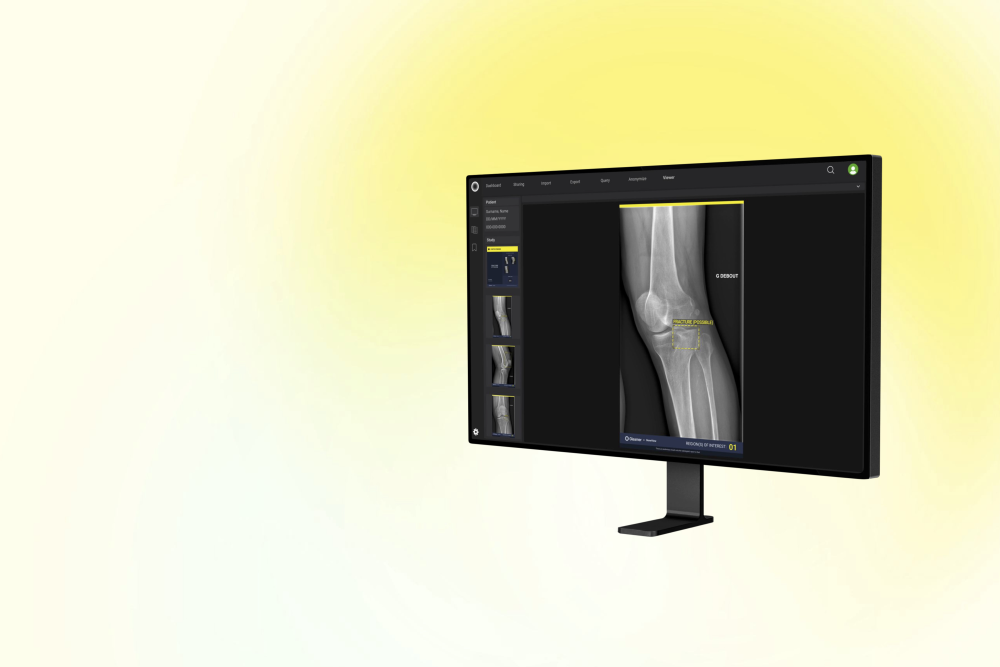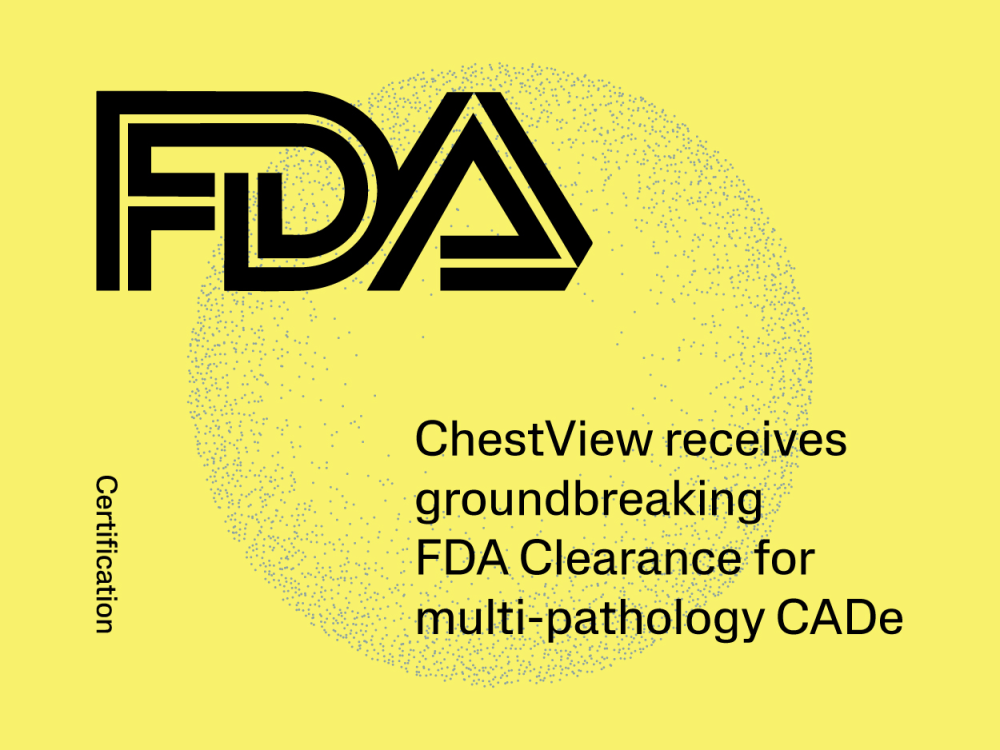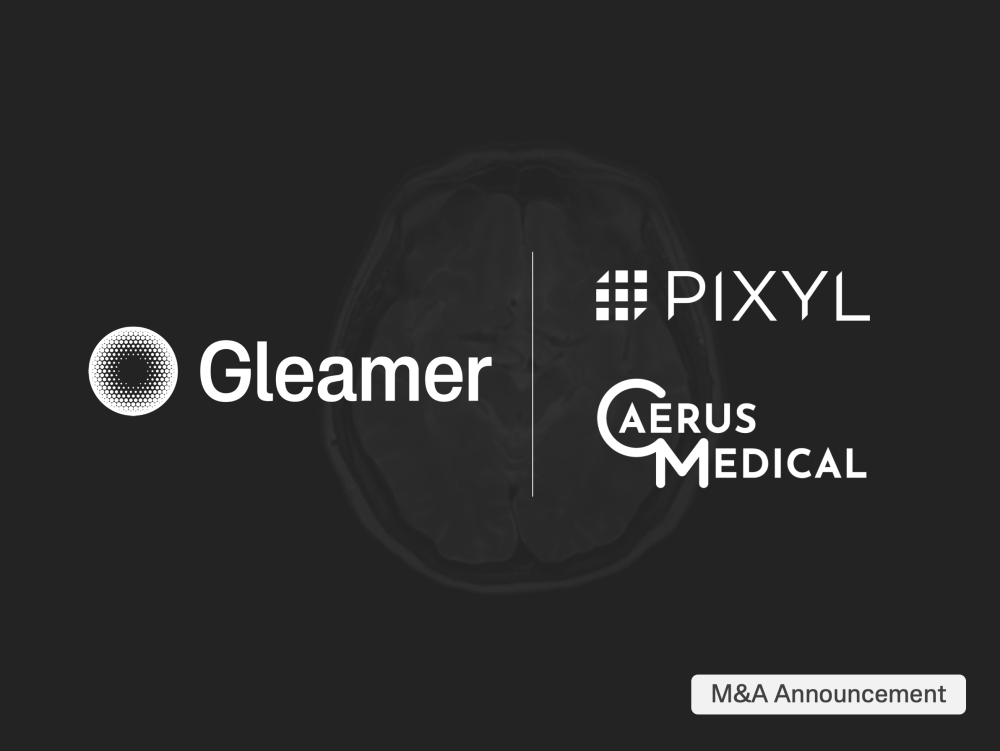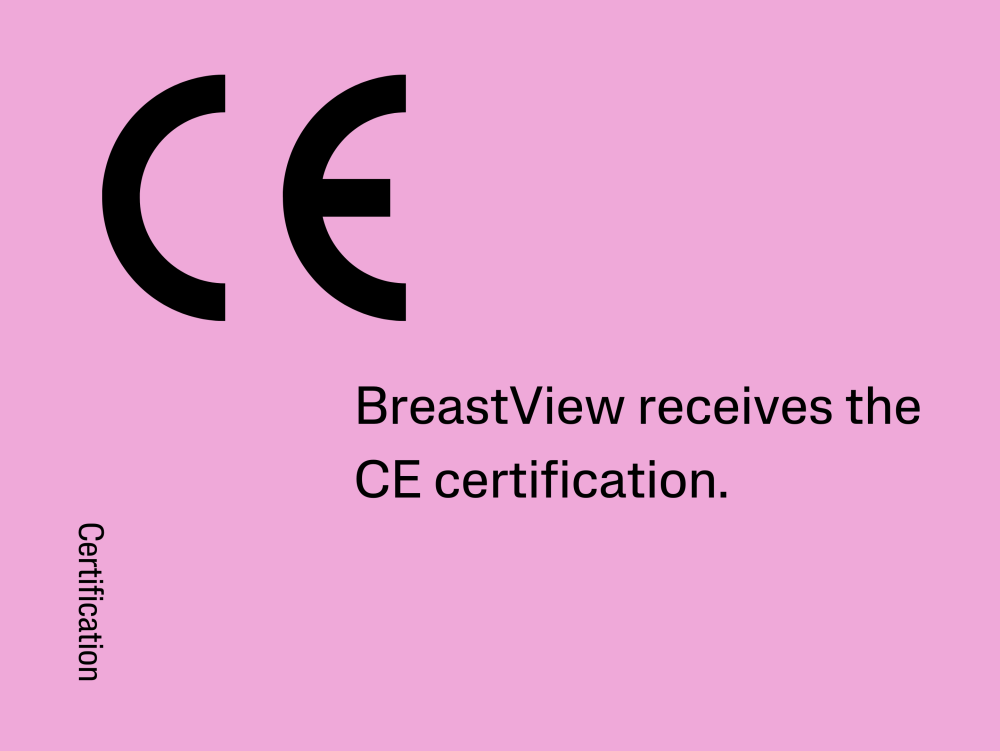Optimizing emergency department efficiency with AI: A case study of Boneview
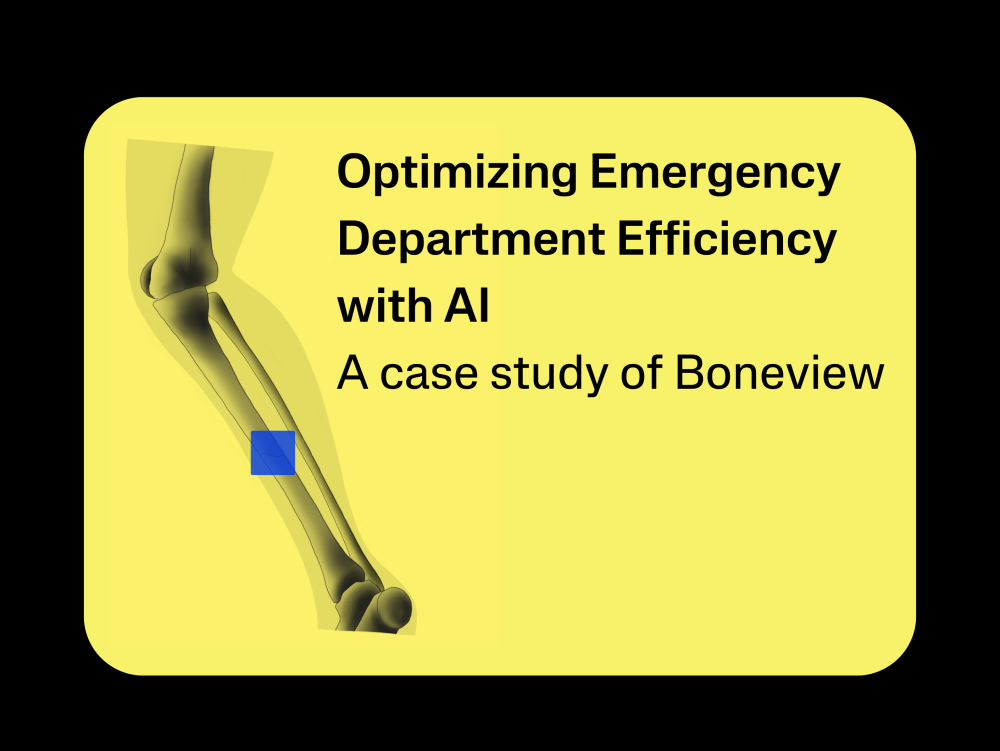
CHU Rennes has embraced innovation to enhance efficiency and timely patient care in response to the challenging conditions in emergency departments across France. High patient volumes and limited resources indeed characterize the latter. The hospital has successfully integrated BoneView, our advanced AI-powered trauma detection tool. Implementing this cutting-edge AI technology has significantly elevated patient care and operational efficiency in the emergency department, marking a transformative step forward in healthcare delivery.
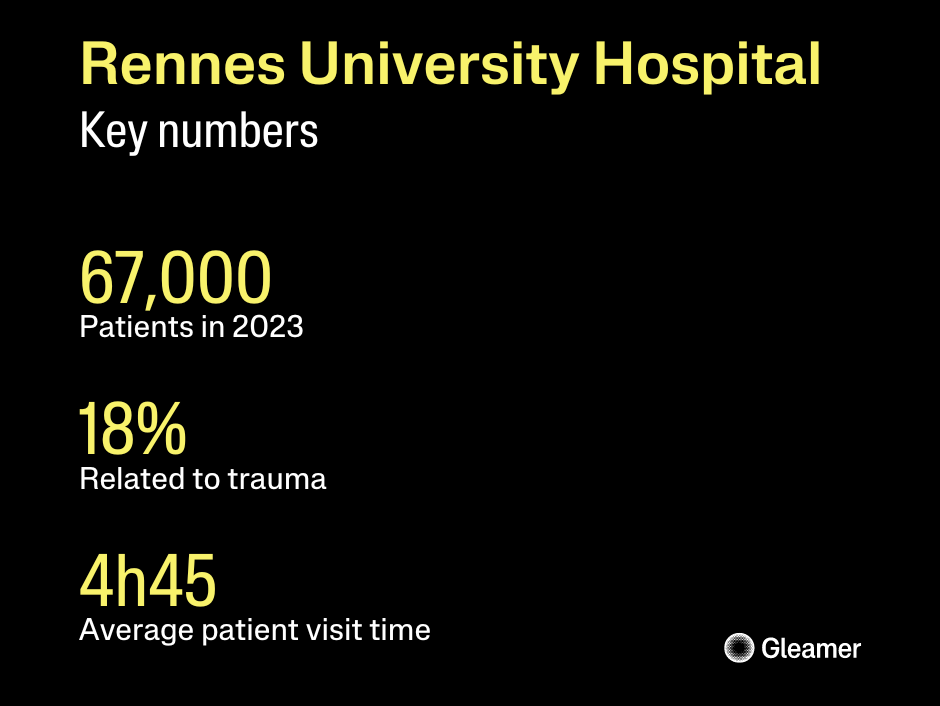
Developed as a collaborative effort between MSK experts and engineers, Boneview employs advanced AI algorithms to analyze medical imaging. The software identifies fractures, dislocations, and effusions in radiographic images, aiding clinicians in rapid and accurate diagnosis. An independent study conducted at CHU Rennes provided insightful data on Boneview’s efficacy. Focusing on adult patients with sprains or fractures, the study published in the French journal Liberation compared traditional diagnostic methods with those augmented by Boneview.
The results were striking. Boneview reduced the average emergency department waiting time by approximately 70 minutes. These efficiency gains not only contributed to a better patient experience but also alleviated the workload of senior medical staff, allowing them to focus on more complex cases.
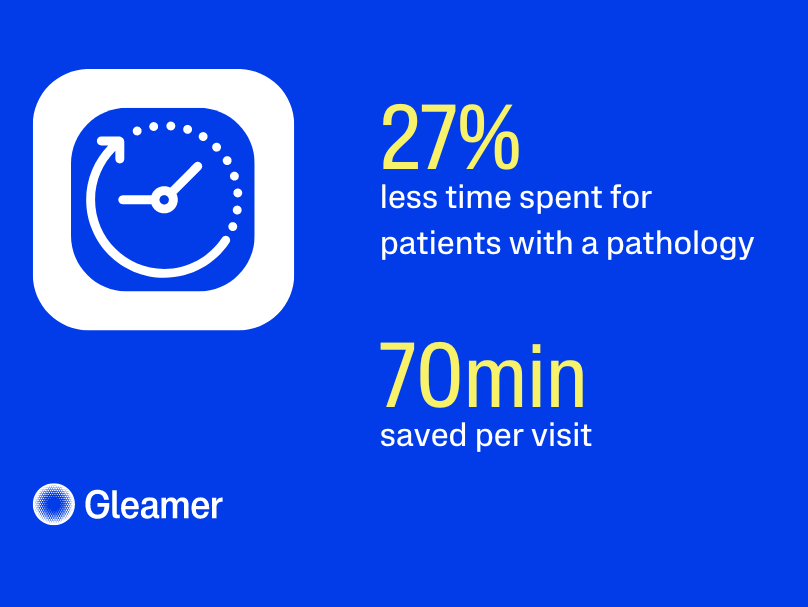
Such promising results from CHU Rennes pave the way for broader application of AI tools such as Boneview in clinical settings. As emergency departments seek efficient solutions and improved patient care, AI stands out as a critical ally.
Book a meeting with our AI expert to better understand Boneview’s impact and potential in the broader context of emergency medicine: https://www.gleamer.ai/demo
---
The CHU of Rennes has been furnished with the INCEPTO platform, and we extend our gratitude to our partner for orchestrating this study.
Read the original article HERE (in French)
